
Editor’s Note: This story originally appeared on The Penny Hoarder.
After years of disruption, broken supply chains appear to be on the mend.
However, the future of fragile global supply chains complicated by inflation promises continued consumer chaos. Ask anyone who has tried buying affordable eggs in the past few months.
As supply chain issues continue, let’s take a closer look at what you can do to stay one step ahead of empty shelves and higher price tags.
Why Supply Chain Problems Persist

Periodic shortages of popular goods are not unprecedented, but supply disruptions may be a long-term problem for global trade.
Multiple supply chain issues — such as problems at production facilities, already fragile global supply chains, production capacity, climate change, and labor and truck driver shortages — have converged to create the perfect consumer storm. And while we’re unlikely to see the empty shelves of 2020 and 2021, the supply chain crisis isn’t over.
Unfortunately, it may take years rather than months to resolve shortages completely, particularly in the semiconductor industry, where the production of cars, smartphones, computers, and cameras has been affected.
We can’t always predict when some products will be back in stock, but you can shop (or order) now for some items and avoid surges in demand later.
Here are some products expected to be affected by supply chain shortages and heavy consumer demand over the next several months.
Don’t Panic

But first, don’t give in to the temptation of panic buying. Artificial demand can create supply chain disruption — think the great toilet paper shortage of 2020.
Picking up a few extra items or buying early is a smart way to stock up, though, without emptying store shelves for other shoppers.
1. Lettuce

During the fall and winter, much of the U.S. enjoys lettuce from California, specifically the Salinas Valley.
But this year’s crop was struck with a virus, decimating up to 75% of the local supply of both iceberg and romaine varieties and sending the price skyrocketing 400%.
When you spot a sale, try to stock up on freezer-friendly heads of romaine, spinach or butter lettuce.
2. Champagne

Champagne shortages started with a drought affecting the crop in early 2022, and a glass shortage has compounded the issues.
Experts anticipate champagne won’t dry up, but some brands will be pricey and scarce. If bubbly is your thing, supply lines should improve again once seasonal demand eases.
3. Eggs

While concerns about most things in the dairy case have eased, eggs are still in short supply and experiencing significant price hikes.
Much of this is due to a raging deadly avian flu epidemic that is ravaging the global supply of poultry and creating consumer distrust of overseas sources.
4. Tomato Products
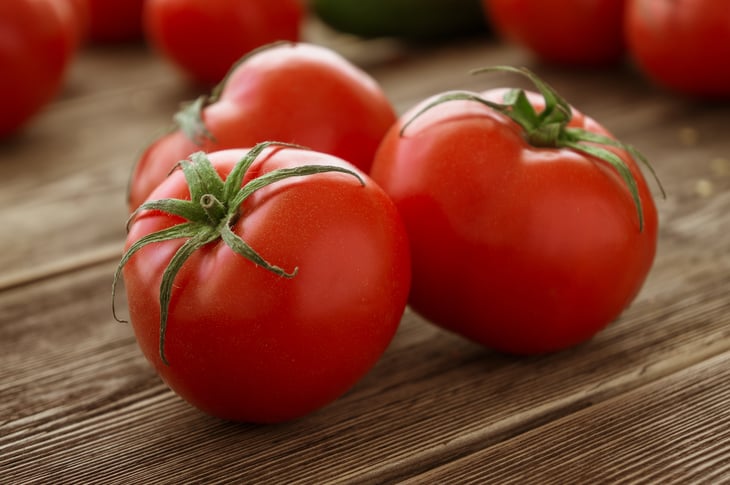
Due to extreme drought, California is struggling to keep the tomato crop from going under this year. That means higher prices for everything tomato, including staples like salsa, marinara sauce and even ketchup (gasp!).
Toss a few extra bottles of anything tomato into your cart in the coming weeks to see some savings later.
5. Liquor and Beer
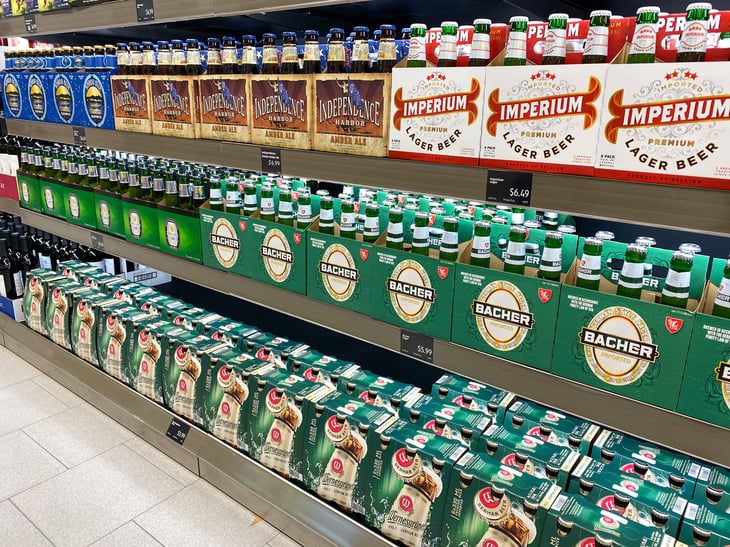
Don’t panic, but pretty much everything in a glass bottle or aluminum can is vulnerable to price increases and shortages right now. That includes liquor and beer — and even products you haven’t thought of, like maple syrup.
Shortages of beer and fizzy drinks in particular are also tied to disruptions in key materials like the supply of carbon dioxide.
Replenishing the bar when increased seasonal demand eases might help your household avoid the bottleneck.
6. Mustard

Mustard seeds are having a difficult moment in the Dijon region of France, where production has been slashed by one-third due to pests infiltrating crops. Canada picked up the slack on mustard seed, but the drought has also deeply affected its harvest.
France’s supplies will bounce back later this year as financial incentives encouraged farmers to lean into planting mustard seed. Until then, bottles of this tangy condiment will be pricier than usual.
7. Milk

Farmers warn that the same labor and supply issues affecting eggs could mean milk shortages in the coming months.
In the meantime, vegan dairy substitutes and milk alternatives are coming in handy. Consider shopping a few at the store to see how they stack up to traditional dairy standbys like milk, yogurt and cheese.
8. Sriracha
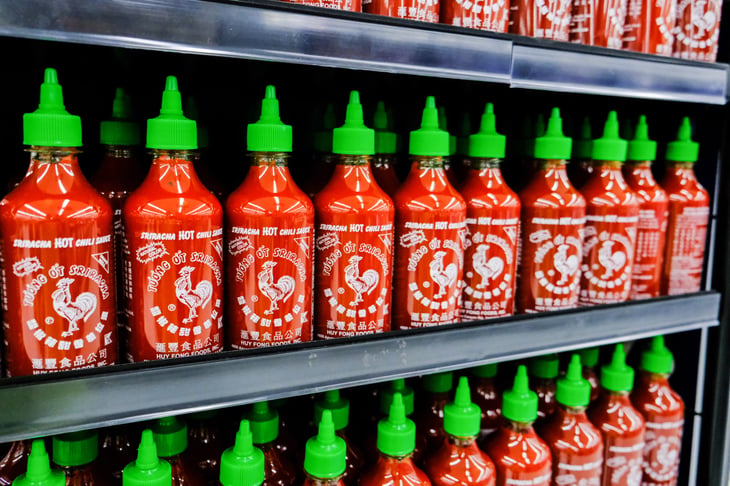
After a meager chile pepper crop from Thailand last year, everyone’s favorite Sriracha sauce has been in short supply. The good news is that Sriracha alternatives abound if you’re willing to experiment.
Don’t hesitate to stock up if you’re absolutely loyal to Huy Fong’s Sriracha sauce. According to Insider, if you stash it in the fridge, the sauce stays fresh for up to two years after opening.
9. Sugar
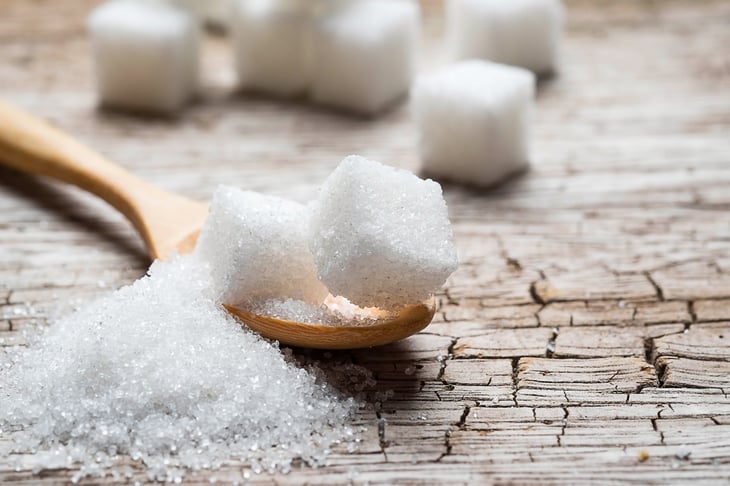
If you’ve got a sweet tooth, the news of a possible sugar shortage might leave a sour taste in your mouth.
The sugar shortage started in the Philippines with a lower-than-expected output in 2022, complicated by traders hoarding to manipulate the market.
India and Brazil, two of the world’s biggest sugar suppliers, are also restricting sugar exports to ensure domestic supply.
10. Poultry
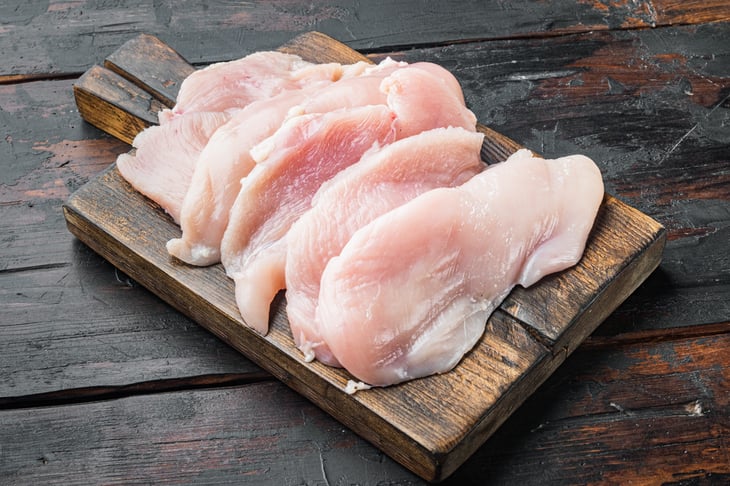
Avian flu and labor shortages on production lines mean poultry supplies of chicken and turkey have also been hard hit.
Several countries, like the U.K., where poultry is a popular holiday menu item, are braced for scarcity and rising costs as trucking capacity compounds problems.
Because of the global supply chain and consumer demand, what starts across the pond doesn’t always stay across the pond, so freeze an extra bird or two before stores raise prices.
11. Mayonnaise
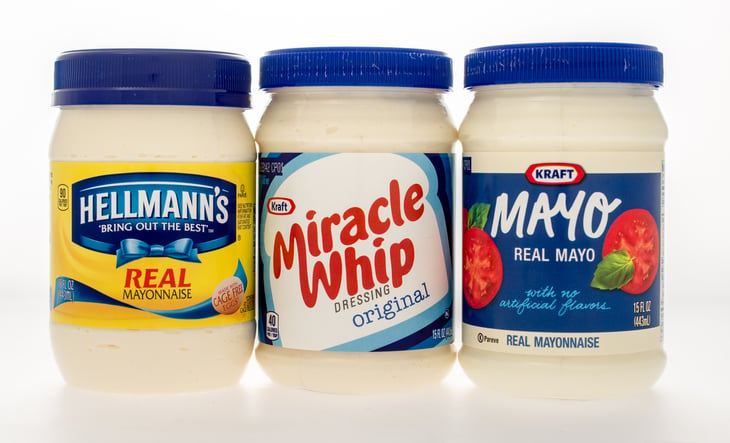
Mayo could be the next condiment to top the list of shortages on grocery shelves. High demand for eggs and soybeans means the price tag for a jar of mayonnaise has risen a whopping 18%.
Fortunately, there are plenty of mayonnaise substitutes to spread around, including Greek yogurt and avocado, or trying your luck with homemade mayonnaise.
Next, here’s a look at personal and medical care items in short supply nationwide.
12. Prescription Medications

Perhaps most concerning of all are current shortages of popular prescription medications such as antibiotics, antivirals and even ADHD medications, which are largely driven by increased demand.
And while you can’t always stock up on meds, you can keep a closer eye on your pill supply and allow extra time for refills at the pharmacy.
13. Tampons
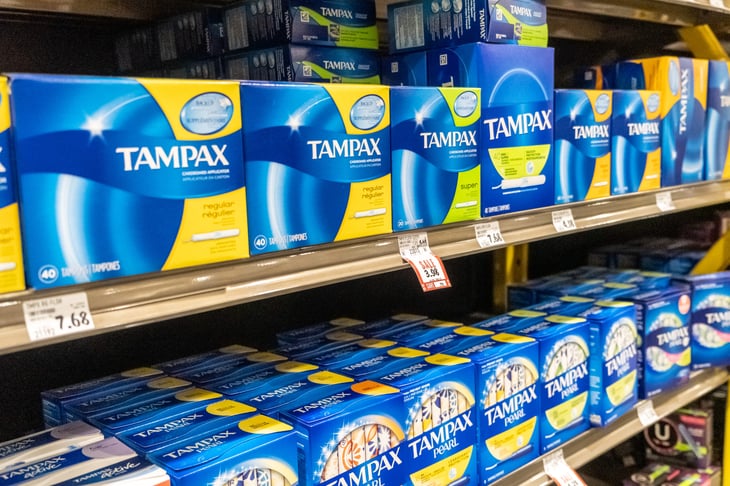
While shortages of feminine hygiene products seem so last year, there are still issues with supply and demand for tampons on store shelves. And period poverty, or the inability to afford menstrual products, is a real thing, affecting 1 in 4 women worldwide.
It’s probably a good time to remind everyone that even menstrual care offers eco-friendly renewables, including reusable pads, menstrual cups and period underwear.
14. Baby Formula

The baby formula crisis was one of the most crucial shortages to hit in recent years. After plant shutdowns, stocks of baby formula slowed to a trickle across the nation.
While the supply problems have mostly been resolved, parents still struggle to find baby formula as retailers limit purchases to prevent hoarding.
Next, here’s a look at household items in short supply nationwide.
15. Cat Food

Struggling to find cat food? You’re in good company as supplies dwindle across the country.
Cat food shortages and sky-high prices for feline-friendly nibbles are thought to be caused by rising aluminum costs and meat shortages.
16. Canning Supplies

Socking away enough food to outlive the next apocalypse is an old pastime that’s brand new again thanks to the pandemic. If you’re trying to join the gardening and canning renaissance, you may find locating canning lid jars and other supplies a barrier to entry.
In further proof that everything old is new again, canning jar lids were also in short supply in 1975 as the nation faced an explosion of home gardeners.
Now let’s look at other products affected by supply chain shortages.
17. Electric Vehicles

EVs are the talk of the town, but electric vehicle manufacturers might struggle to go mainstream due to supply chain problems.
The issue is specifically global stress on supplies of graphite, nickel and other minerals needed for lithium batteries.
18. Computers and Smartphones

The U.S. has made progress building redundancy into semiconductor supply chains, but it will take time for new manufacturers to boost market supplies. In the meantime, semiconductor shortages affect everything with a computer chip, from smartphones to airplanes.
The latest victim of chip shortages? Credit cards. If yours is close to the expiration date, give the bank a nudge to make sure the replacement is in the mail.
Buy Now, Save Later
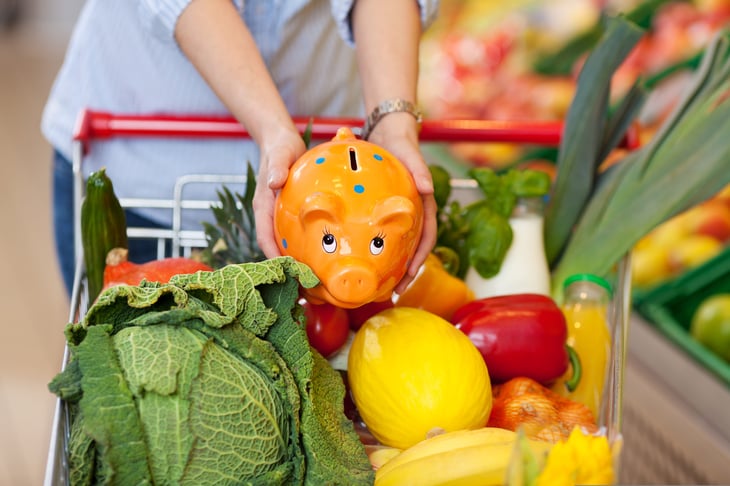
Shortages aren’t always predictable, but anticipating supply chain disruptions can help shoppers get ahead of empty shelves.
And if you have the space and funds to stock up now, those savings can really add up later.